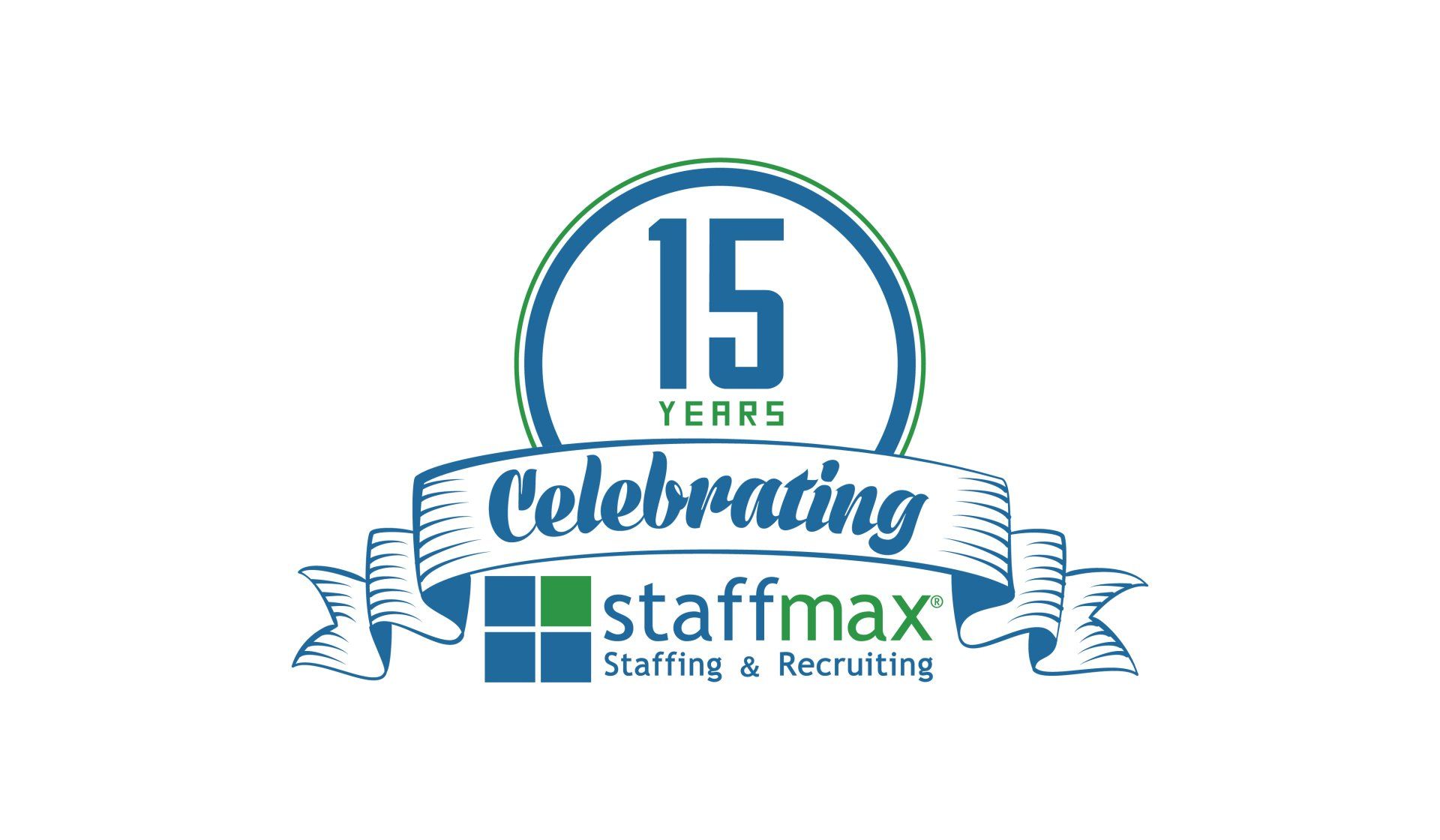by Vasundhara Sawhney, Harvard Business Review

Nearly a year into working from home because of Covid-19 closures, each day seems exactly like the one before. I wake up at 7 AM, prep meals, help my son with online school, work alone in a makeshift office, exercise, and finally drop into bed exhausted. Personal-professional boundaries—once difficult to manage—have been entirely erased. As many people in similar situations have noted, we aren’t just working from home (WFH) anymore. We are living at our jobs.
For some, this has led to greater productivity. I certainly feel that I’m getting more done: for work, with my family, and around the house. What’s more, I have greater flexibility to decide what to do when, whether that means answering emails in the evening or spending time with loved ones during the day. There’s a reason that WFH was on the rise even before the pandemic, and now both organizations and individuals seem more comfortable with it than ever before. In September 2020 the Conference Board surveyed more than 330 HR executives at large U.S. companies and reported that one-third expect 40% or more of their employees to work virtually past the spring of 2021, while 36% say they are now willing to hire workers who are 100% remote. But are we ready for that?
The downsides of prolonged WFH—monotony, social isolation, burnout—can’t be ignored. According to one survey released in 2020, employees working apart from colleagues were most concerned about diminished collaboration and communication, increased loneliness, and being unable to unplug. And studies show that what remote workers gain in efficiency and productivity, they lose in harder-to-measure benefits such as creativity, innovation, teamwork, trust, and empathy.
Several new books aim to help us figure out this WFH reality—analyzing the pros and cons, offering dos and don’ts, and making predictions about which Covid-era changes we’ll keep and which we’ll jettison. How can we re-create positive real-world interactions and outcomes in mostly virtual settings? Can we reintroduce the office without succumbing to the same old inefficiencies and stressors? Or should we look to a future in which the workplace is more an idea than a location?
In Working from Home: Making the New Normal Work for You, the Salesforce executive Karen Mangia argues that permanent WFH can be a viable career choice as long as you avoid the biggest pitfalls, such as never putting away your laptop. “Like those pretzels or potato chips or donuts right there in your kitchen, work is always available,” she warns. “But you know that always grazing isn’t a healthy strategy.”
Her recommendations for WFH the right way? She suggests separating work and home by means of rules and rituals. Instead of logging in right after you roll out of bed, follow a more traditional morning routine (exercise, walk the dog, grab breakfast). Be deliberate about how you use time throughout the day. Build in “pauses,” taking a few minutes to listen to music, to write in your journal, or to take a walk around the block. This helps preempt the WFH time warp (in which you’ve somehow spent the whole day staring at a computer screen) and makes room for new discoveries.
Perhaps we can take a cue from the 70 location-independent professionals whom the professors Rachael A. Woldoff and Robert C. Litchfield interviewed for their book Digital Nomads: In Search of Freedom, Community, and Meaningful Work in the New Economy. These are mostly Millennials who fled cities, corporate offices, and cultures of busyness in search of more autonomy and mobility and a better quality of life while remaining gainfully employed thanks to telecommuting technologies. Critically, however, they have not done so at the expense of human connection; in fact, the authors note that all the nomads insist on “the necessity of an in-person community” and “meaningful…face-to-face social networks,” whether they’re “in Bali or elsewhere.”
Some, like Oscar, a Canadian life coach and podcaster, also create group accountability rituals that Mangia would appreciate. When friends came to his villa to work with “good Wi-Fi” for the day, he asked them all to write down what they wanted to accomplish. “You show up, you declare what you are doing, and you do it,” he told the authors.
Digital nomads may not be colocated with colleagues who share an employer, but they enjoy working alongside and bonding with a changing cast of characters from diverse companies, industries, and countries. And they find both personal and professional success along the way.
The authors note that although Covid-19 has perhaps disrupted a globe-trotting lifestyle, people can still be mobile and work flexibly within their home countries. And once vaccines have been distributed and travel bans and quarantine rules lifted, we may find many more knowledge workers considering nomadism.
In following Mangia’s and Woldoff and Litchfield’s advice, we can improve remote work for individuals. But how can an organization manage dozens, hundreds, or even thousands of dispersed teams? A recent Slack survey found that only 12% of knowledge workers want to return to the office full-time. Many employers may struggle to go back to business as usual.
In Remote Work Revolution: Succeeding from Anywhere, the Harvard Business School professor Tsedal Neeley offers guidance. Although she acknowledges that “the more time we spend without regular in-person contact with coworkers, the more persistent and urgent questions about bonding, trusting, and alignment become,” she also believes that research-backed best practices can help fill those gaps. Consider, for example, a “launch session”—an open, leader-led discussion during which remote teammates clarify shared goals, individual roles, constraints, resources, and collaboration norms. Neeley recommends that teams communicate via video when possible (but not always), encourage differences of opinion, and spend more time on small talk to build trust.
No one knows what the new normal will be for knowledge workers. But as individuals, teams, and organizations, we all need to find ways to leverage what’s good about WFH while creating better work/life boundaries and staying connected and engaged. I don’t feel the need to get back to my cubicle anytime soon, but I do miss great brainstorming sessions, team lunches, and coworker camaraderie. And I’m still not sure we can replicate all that digitally—despite the sunny attitudes and sound advice to be found in all three of these books.
Vasundhara Sawhney is a senior editor at Harvard Business Review.













